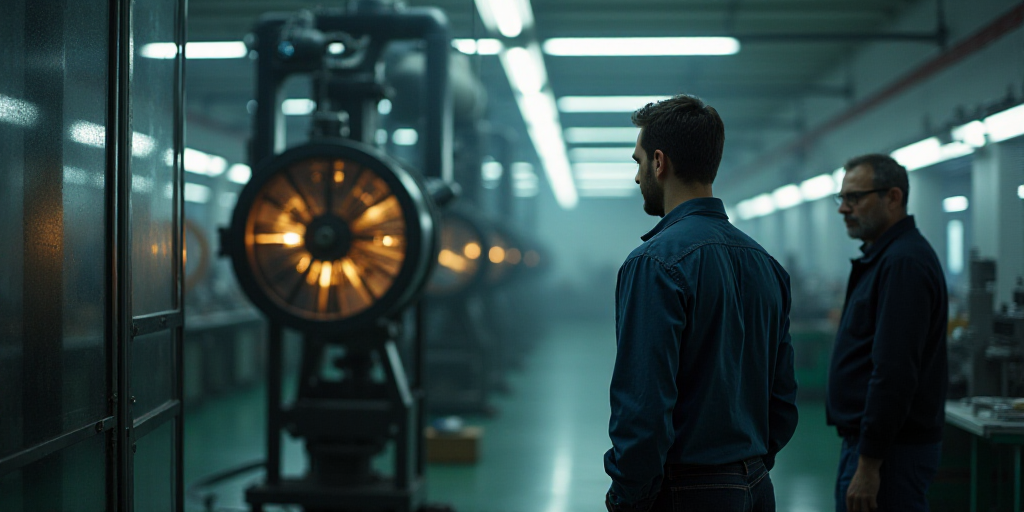Introduction to Yucatán’s Growth in Automotive Parts Production
While Yucatán is not traditionally known for its automotive industry, it has started to stand out among regions with growth in the automotive parts sector. In 2024, Yucatán reported an annual growth rate of 8.1% in automotive parts production, making it the state with the highest variation, according to the National Automotive Parts Industry (INA).
Comparison with Other States
- Zacatecas: 6.6%
- Nuevo León: 6.2%
- Guanajuato: 6.1%
- San Luis Potosí: 5.8%
Although Yucatán lacks a natural automotive industry focus, similar to northern or Bajío states, it has attracted investments from companies looking to complement their manufacturing processes or even export to Central American countries, explained Gabriel Padilla Maya, the INA’s General Director.
Yucatán’s Export and FDI Growth
In 2024, Yucatán recorded its highest annual value in transportation equipment exports – a sector encompassing automotive, aerospace, and others. The Instituto Nacional de Estadística y Geografía (Inegi) reported an 81.9% annual increase in these exports.
Regarding Foreign Direct Investment (FDI), the transportation equipment manufacturing sector has accumulated $99.8 million in Yucatán from 2006 to 2024, with the majority ($85.4 million) in the aerospace sector and $8.4 million in automotive parts, according to the Secretaría de Economía.
Factors Influencing Growth in Yucatán
Padilla Maya discussed conditions affecting the sector’s growth in Yucatán, highlighting infrastructure development, energy supply capacity, and human capital formation as key factors.
He pointed out that most of these companies have settled in Progreso 1 and Progreso 2 developments in Yucatán. The decision-making process for infrastructure, energy requirements, and human capital formation in states plays a crucial role.
Padilla Maya emphasized the connection between the industry and universities, stating that talent availability and adaptable educational plans have been essential for plants and assemblers, regardless of incentives.
The challenge now lies in states complementing infrastructure and human capital requirements, leading to the expansion of the automotive parts sector in non-traditional states like Yucatán, presenting a significant opportunity for the central-south development of the country.
The Pillars of Industry Expansion
Over time, the automotive parts industry has evolved from consolidating projects and strengthening the automotive supply chain in northern Mexico to identifying three primary regions.
“We’re no longer just talking about the northern region; we now have the centro-Bajío, with Querétaro as the second-largest contributor after Guanajuato; and the central region, which includes the Federal District, Estado de México, Hidalgo, Morelos, and Tlaxcala,” Padilla Maya explained.
He also mentioned Zacatecas’ growth in automotive parts investments despite its proximity to Aguascalientes’ leadership and Sonora’s potential as a semiconductor assembly hub, supported by renewable energy initiatives.
“Each state is opening possibilities, and ultimately, the automotive parts industry can develop across the entire country,” he concluded.
Key Questions and Answers
- What is the growth rate of Yucatán’s automotive parts industry in 2024? Yucatán reported an annual growth rate of 8.1% in automotive parts production.
- Why is Yucatán attracting automotive parts companies? Companies are drawn to Yucatán to complement manufacturing processes and export to Central American countries.
- What factors contribute to the growth of the automotive parts industry in Yucatán? Infrastructure development, energy supply capacity, and human capital formation play crucial roles.
- Which other states have shown growth in the automotive parts sector? Zacatecas, Nuevo León, Guanajuato, San Luis Potosí, Querétaro, Chihuahua, Puebla, Estado de México, Aguascalientes, and Tamaulipas have all shown growth.






